Increased Demand for Connectivity
The Satellite Antenna Market is witnessing a surge in demand for connectivity solutions across various sectors. As businesses and consumers increasingly rely on satellite communication for internet access, broadcasting, and data transmission, the need for efficient satellite antennas has become paramount. The rise of remote work and the expansion of IoT devices further amplify this demand. Recent statistics indicate that the number of satellite internet subscribers is expected to reach over 10 million by 2026, highlighting the growing reliance on satellite technology. This trend is likely to drive investments in the Satellite Antenna Market, as companies seek to enhance their infrastructure to accommodate the increasing volume of data traffic and ensure seamless connectivity.
Expansion of Satellite Constellations
The Satellite Antenna Market is significantly influenced by the expansion of satellite constellations, which are designed to provide global coverage and enhance communication capabilities. Companies like SpaceX and OneWeb are launching large fleets of satellites to deliver high-speed internet services, particularly in underserved regions. This expansion necessitates the development of advanced satellite antennas that can effectively communicate with multiple satellites simultaneously. Market analysis suggests that the number of active satellites is projected to exceed 10,000 by 2030, creating a robust demand for antennas capable of handling this increased traffic. As satellite constellations proliferate, the Satellite Antenna Market is likely to experience substantial growth, driven by the need for innovative solutions that can support this new era of connectivity.
Government Initiatives and Investments
The Satellite Antenna Market is benefiting from various government initiatives aimed at enhancing communication infrastructure. Governments worldwide are recognizing the importance of satellite technology for national security, disaster management, and economic development. Investments in satellite communication systems are increasing, with many countries launching their own satellites to improve connectivity. For instance, recent government programs have allocated significant funding for satellite projects, which in turn stimulates demand for satellite antennas. This trend is expected to continue, as governments seek to bridge the digital divide and ensure that remote and rural areas have access to reliable communication services. Such initiatives are likely to bolster the Satellite Antenna Market, creating opportunities for manufacturers and service providers alike.
Growing Applications in Defense and Aerospace
The Satellite Antenna Market is experiencing growth due to the increasing applications of satellite technology in defense and aerospace sectors. Military organizations are investing in advanced satellite communication systems to enhance operational capabilities and ensure secure communications. The demand for high-performance antennas that can withstand harsh environments is rising, as defense applications require reliable and resilient communication solutions. Recent data indicates that the defense sector accounts for a substantial share of the satellite antenna market, with projections suggesting continued growth in this area. As geopolitical tensions rise and the need for secure communication increases, the Satellite Antenna Market is likely to expand, driven by the defense and aerospace industries' requirements for cutting-edge technology.
Technological Advancements in Satellite Antenna Market
The Satellite Antenna Market is experiencing rapid technological advancements that enhance performance and efficiency. Innovations such as phased array antennas and multi-beam technology are becoming increasingly prevalent. These advancements allow for improved signal quality and greater bandwidth, which are essential for applications in telecommunications and broadcasting. According to recent data, the market for satellite antennas is projected to grow at a compound annual growth rate of approximately 8% over the next five years. This growth is driven by the need for high-speed internet and reliable communication systems, particularly in remote areas. As technology continues to evolve, manufacturers are likely to invest in research and development to create more sophisticated antennas that meet the demands of modern communication needs.


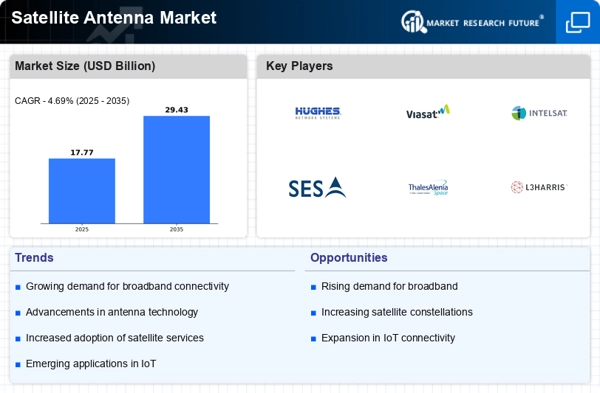
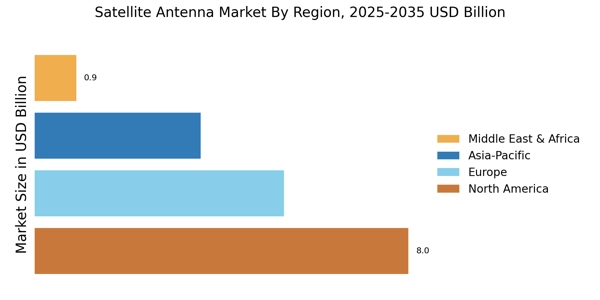
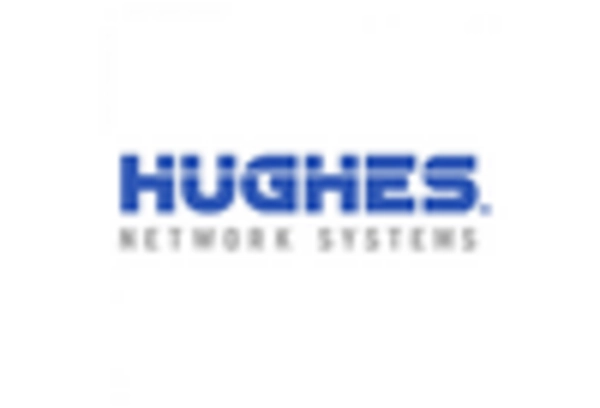
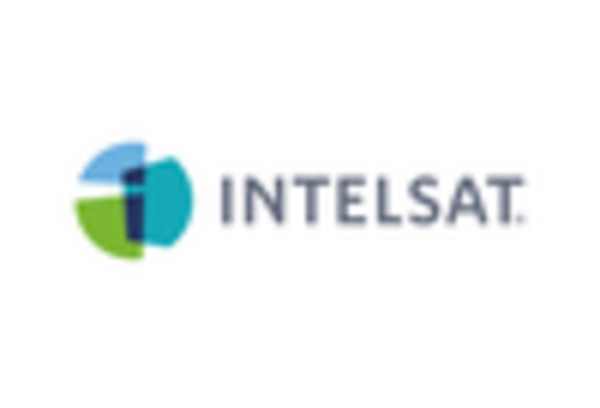
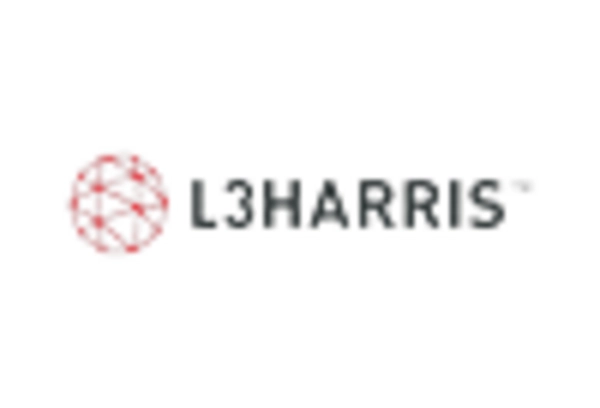
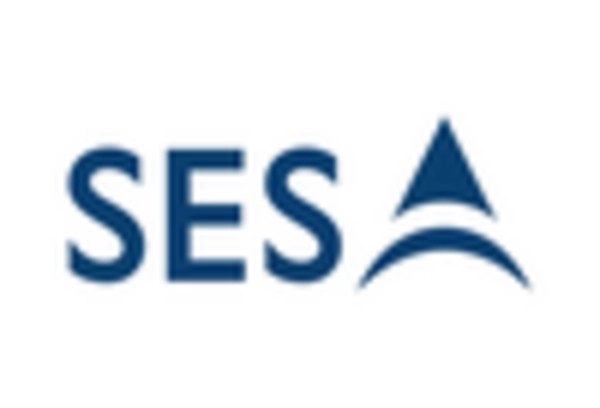

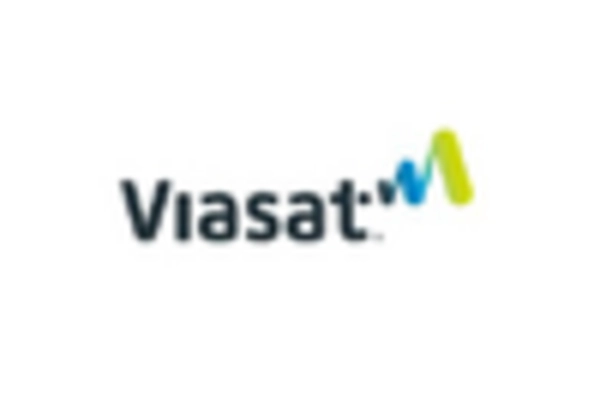








Leave a Comment